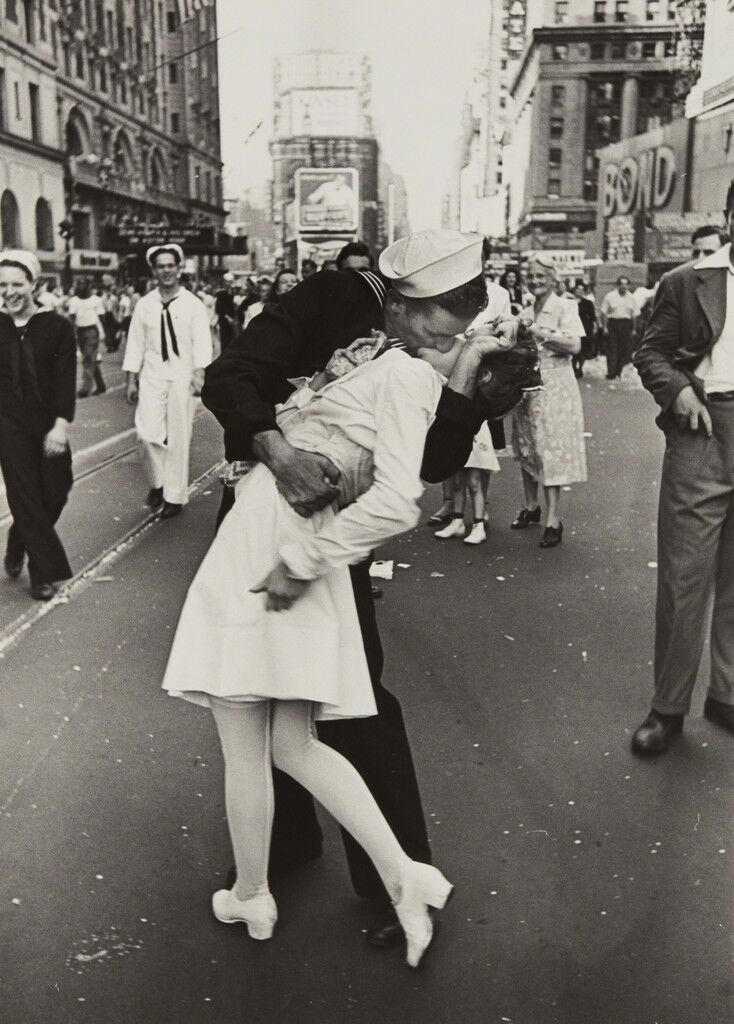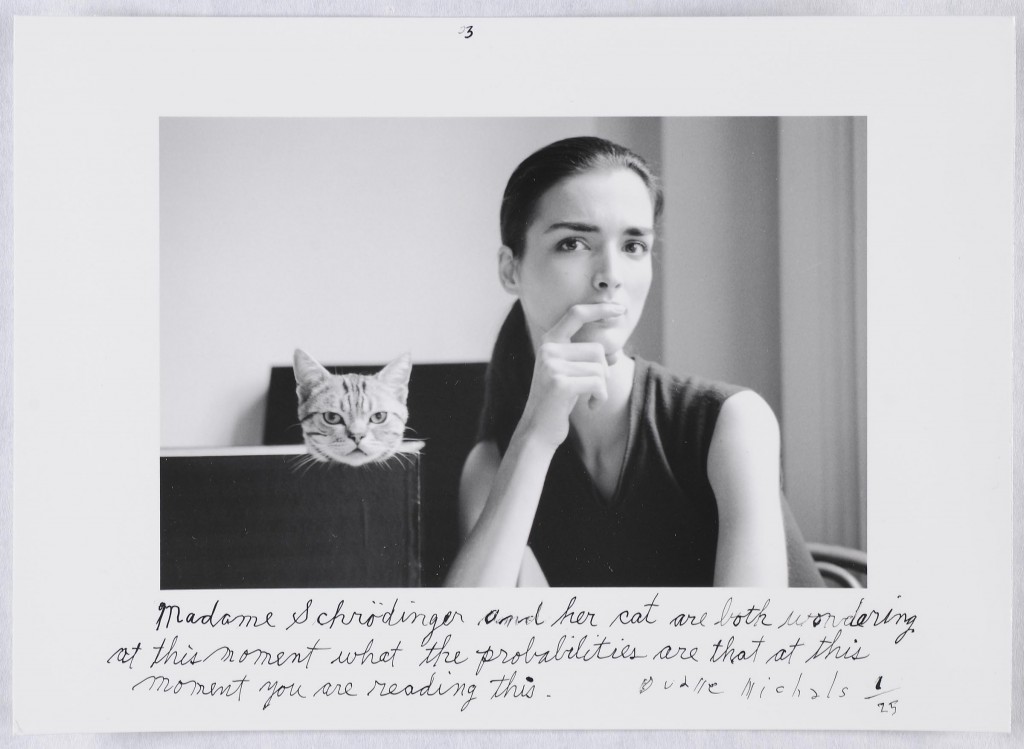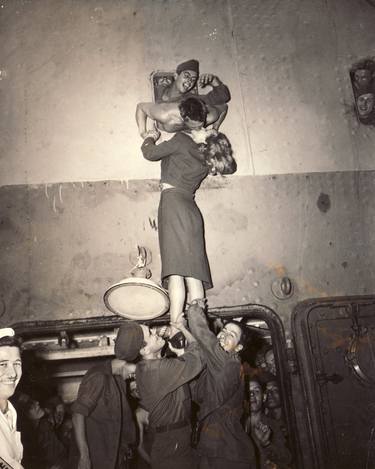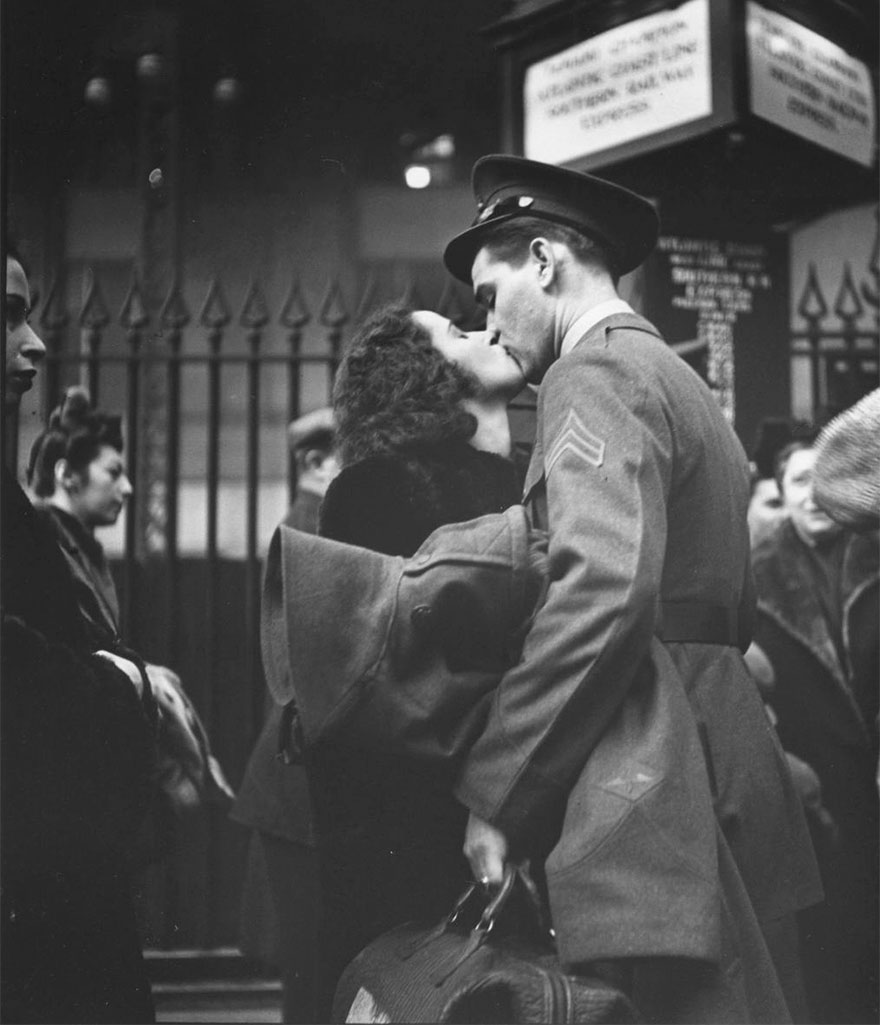Plans for Shoot
For this shoot, I am planning to find a artist that creates film in a way fitting to the style I intend to create for my final project film. After researching into this artist I will produce my own videos and begin to practice with the process of editing my own film. After all the practice into my photos for my personal project, I feel I have now perfected presenting my intentions for my project. Now I must move forward and begin to experiment with the aspect of film to create a short film presenting our relationship in a simple, but romantic way. I feel further adding an aspect of film into my personal project, if presented in a vintage way, could really strengthen the presentation of my final portfolio.
Research
Wim Wenders
Wenders is a well-renowned German filmmaker and photographer. In photography he is notorious for his bizarre and forlorn landscape work, capturing in various places around the world. Photos from exhibitions such as 'places, strange and quite' presenting landscapes of areas that appear abandoned and without purpose, but almost as if they once had purpose.
In film, Wenders has produced many different films, even in recent years with well-known actors, and in his steps to fame, he had created short films. There is a trailer of Wenders' most notorious film 'Wings of Desire' (1987), where it is presented as almost a collage of the key parts of the film.
The introduction to the trailer presents a pen writing something in German, I felt this linked well with my work personally as I am incorporating writing into my work, and this is direct writing as an introduction. I attempted to translate this and it translated to this...
The translation was difficult to make out due to the handwriting and the fact I do not understand German, but what it has translated presents a symbolism of youth. To say the child
'did not know it was a child' and that
'everything was his soul', suggests an essence of ignorance from the child, as though he cannot see who he is, and he is existing mindlessly as simply his soul. This suggestion could imply the phrase of 'ignorance is bliss' when someone refers to someone's soul, it has lively and vibrant connotations attached to it, so for the child to only have his soul suggests he is living a vibrant life, and this is because he did not know he was a child.
The rest of the trailer starts as a black and white montage of various clips from the film, focusing on two people, a man, and a woman. Halfway through the trailer the videos suddenly turn to colour, the same time the music, running all the way through, picks up in pace. The clips depict various things such as sexual associations, the woman's life in a circus, and even what appears to be suicide. For my personal work, I wish to create also a montage type video presenting a day of my partner’s and I’s relationship, depicting our fun and romance.
AO3: Record ideas,
observations and insights relevant to intentions, reflecting critically on work
and progress.
My Ideas
My intentions for this blog was to first experiment with Premium Pro CC so I can get to grips with the software and make my final film as perfect as possible with a wide range of knowledge to the program. After research in Wim Wenders' work I had an inspiration to create a montage style video, where various clips are put together in sequence to present a story between my partner and I. I have already taken some clips to work with, but not taken all of them because I am still uncertain of the final presentation I want. This blog is intended to help me become certain of what I want to present in my final presentation.
AO2: Explore and select
appropriate resources, media, materials, techniques, and processes, reviewing
and refining ideas as work develops.
Shoot Process/Use of Camera
For this shoot, I set up the tripod and camera toward my partner and I while making dinner for ourselves, also during us eating, and spending time together on the couch. I set the tripod typically at a slightly lower eye level to capture us at a humane angling, I used my Nikon D3400 camera and the exposure settings varied and were more difficult to handle since I was filming instead of taking pictures this time; the ISO was on average of the videos ISO100.
Progression
Moving forward, in my next blog I plan to be finishing and creating the final product of my final film. I will have all the clips I require recorded and will edit them all into the appearance I intend for my final piece. The clips and structure will be refined by the next blog.












